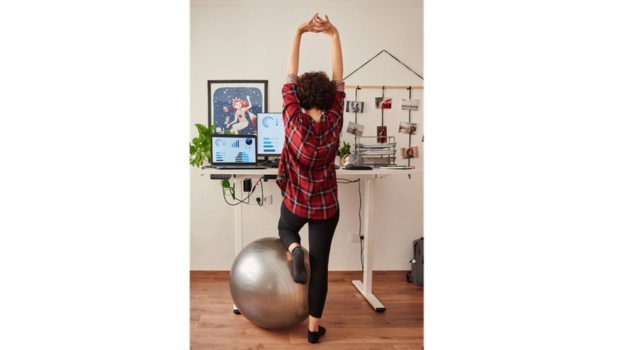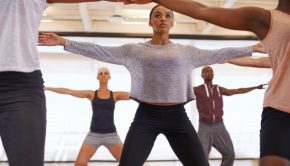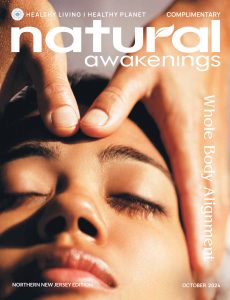Ergonomic Solutions at Work and Play: How Good Posture and Mindful Habits Prevent Injury
Regardless of lifestyle, many people experience everyday aches as they strive to balance work and play. Recurring movements while sitting or standing with bad posture can take a toll on the body. Jobs involving typing, hairstyling, power-tool use or assembly-line tasks, as well as asymmetrical recreational activities such as golf, tennis, bowling, electronic gaming or even playing musical instruments, can amplify the risk for chronic pain.
The American Heart Association reports that 80 percent of all U.S. jobs are mostly sedentary, a problem even without the added burden of too much screen time, poor sitting positions and the long-term effects of repetitive motion. The National Spine Health Foundation offers three recommendations for office workers: be mindful of posture, don’t look down at screens and get up and move around on a regular basis.
The importance of prevention cannot be ignored when we look at the cost of workers’ compensation cases. According to the U.S. Bureau of Labor Statistics, 2021 claims included $4.7 billion for awkward postures and $1.7 billion for repetitive motions involving “microtasks” performed in a matter of seconds or a few minutes, such as typing.
Pressure Points
According to Margie Bissinger, a physical therapist and integrative health coach in Parsippany, New Jersey, one of the most common conditions caused by repetitive movement is carpal tunnel syndrome resulting from pressure on the median nerve, which extends along the hand, arm and shoulder. Symptoms include numbness, tingling and weakness in the thumb and fingers.
“Ergonomics is the design of working environments to help individuals use the best postures and habits that will keep their bodies healthy and avoid injuries,” Bissinger explains, noting that good posture is designed to maintain the inward curve of the lower back. To reduce the risk of carpal tunnel syndrome, pain on the pinkie-finger side of the wrist or other related injuries, she recommends keeping the shoulders relaxed, the wrist in a neutral position, the thumb in line with the forearm and elbows close to the body while typing.
Gamers are prone to tendinitis in the hands and forearms, notes Shari Berkowitz, biomechanist, ergonomist and founder of The Vertical Workshop, in Beverly Hills, California. She remarks that compression in the neck can lead to not only carpal tunnel syndrome, but also double crush syndrome, a condition associated with compression at more than one location along a nerve path.
“Gamers have a lot of repetition of movement in small joints, as well as holding patterns in the arms, shoulders and spine over a prolonged period. They would benefit from using ergonomic devices that require very little force to press buttons, toggle, etc.,” she advises, adding that players should position themselves to support the entire body, not just the wrists. Whether working or playing, Berkowitz stresses the need to step away from the desk every hour for five minutes to get something to drink, go to the bathroom or just move around.
Bissinger cautions that slouching at the desk or while playing electronic games is a surefire way to set off pain patterns. “You don’t want to be on the couch hunched with your low back rounded,” she says. “You should make sure your neck is looking straight ahead, not up or down, for extended periods of time.”
Exercise Ergonomics
Bad habits in the gym or on the yoga mat can foster chronic pain in the lower back, knees, neck, shoulders and wrists. “Learn about proper joint alignment for whatever exercises you’re doing and then try to achieve that for each movement,” advises Berkowitz. “When a set of muscles that are primary to a movement is fatigued, synergists, or assistant muscles, must work more than they are supposed to. That means strain is going to happen.” She recommends stopping as soon as there is a feeling of muscle fatigue and decreasing the weight and repetitions.
For a well-rounded approach to exercise that aids in preventing issues, Berkowitz suggests mobility training such as Pilates, yoga, tai chi and dance, along with running, walking or strength training. She also suggests replacing backless shoes like flip-flops and slides with ankle-supporting, foot-forming options such as Flux Footwear.
Maya Whitman is a frequent writer for Natural Awakenings.




























